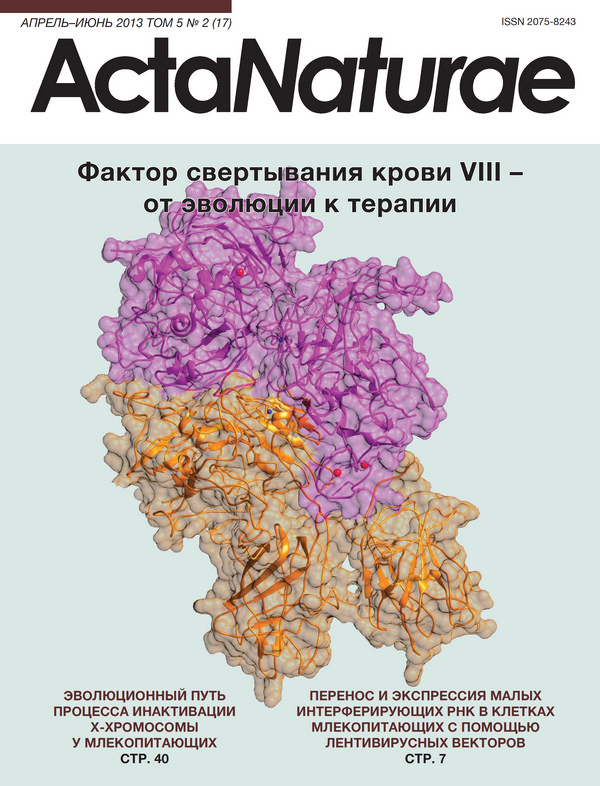Peculiarities of the Regulation of Gene Expression in the Ecl18kI Restriction–Modification System
- Authors: Burenina O.Y.1, Fedotova E.A.1, Ryazanova A.Y.2, Protsenko A.S.3, Zakharova M.V.3, Karyagina A.S.4,2,5, Solonin A.S.3, Oretskaya T.S.1,2, Kubareva E.A.2
-
Affiliations:
- Lomonosov Moscow State University
- Belozersky Institute of Physico-Chemical Biology, Lomonosov Moscow State University
- Skryabin Institute of Biochemistry and Physiology of Microorganisms
- Institute of Agricultural Biotechnology
- Gamaleya Research Institute of Epidemiology and Microbiology
- Issue: Vol 5, No 2 (2013)
- Pages: 70-80
- Section: Research Articles
- Submitted: 17.01.2020
- Published: 15.06.2013
- URL: https://actanaturae.ru/2075-8251/article/view/10601
- DOI: https://doi.org/10.32607/20758251-2013-5-2-70-80
- ID: 10601
Cite item







